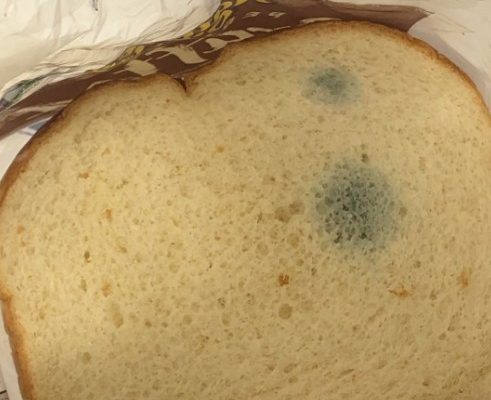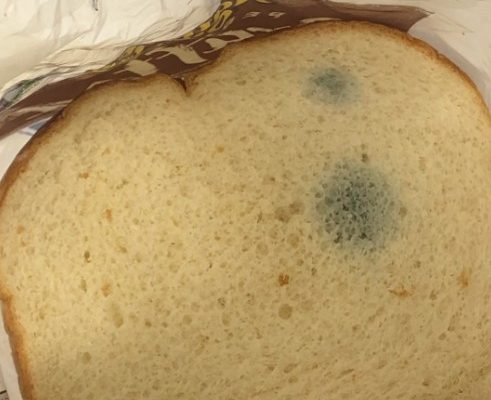Luckily, stale bread is salvageable. You can rehydrate it by wrapping it in foil and warming it in the oven, or toast it for a satisfying crunch. Stale bread is actually preferred in many recipes because it holds up better. French toast, stuffing, croutons, and bread pudding all benefit from slightly hardened slices, soaking up liquid without becoming mushy.
Instead of tossing stale bread, think of it as a versatile ingredient. Pulse it into breadcrumbs, cube it for croutons, or use it in savory or sweet dishes like panzanella or bread pudding. Its sturdy texture makes it perfect for soaking up sauces, broths, and dressings without falling apart—making stale bread a hidden gem in your kitchen.
However, moldy bread is a different story. If you spot green or black spots, even on a small area, throw out the whole loaf. Bread’s porous nature allows mold to spread invisibly throughout, making it unsafe to consume. Mold can cause allergic reactions or serious illness due to toxins called mycotoxins.
To prevent spoilage, store bread based on how soon you’ll eat it. Room temperature in a paper bag is good for short-term use; freezing is ideal for long-term storage. Avoid refrigerating—it actually makes bread go stale faster.
In short: stale bread can be a culinary opportunity, but moldy bread is a health risk. Know the difference—and act accordingly!




